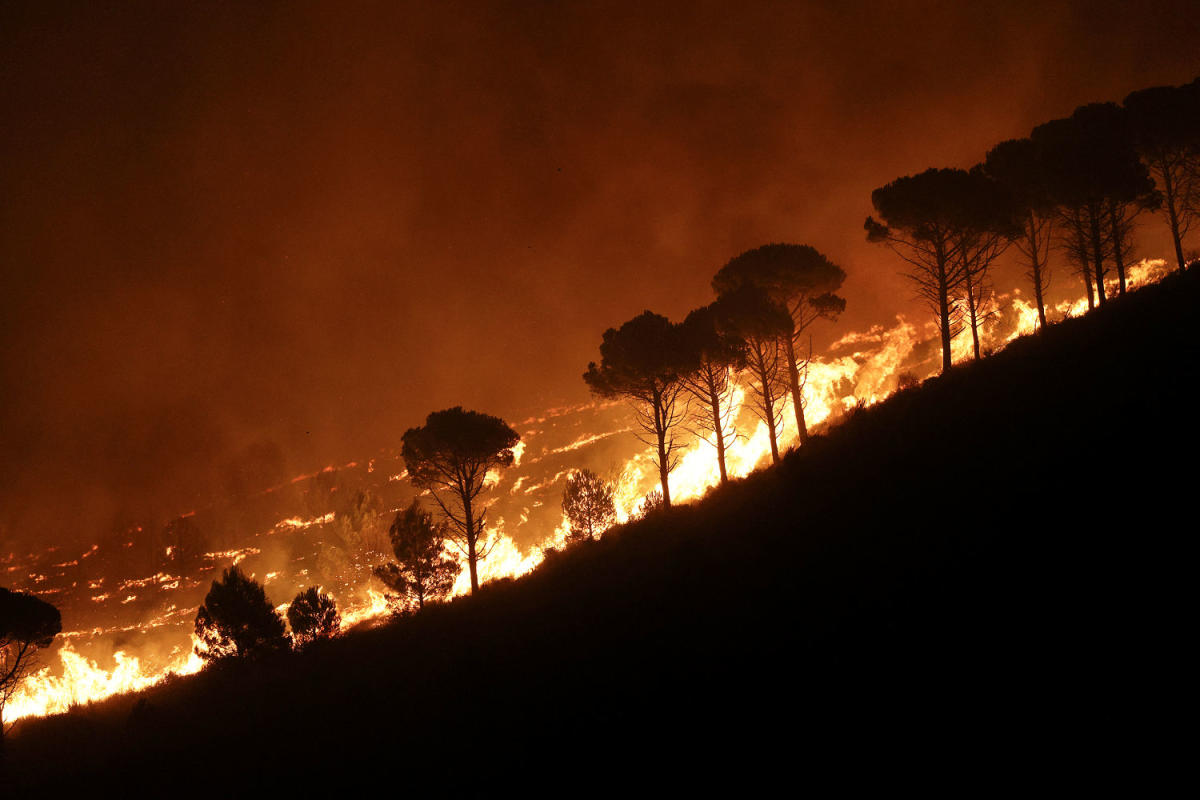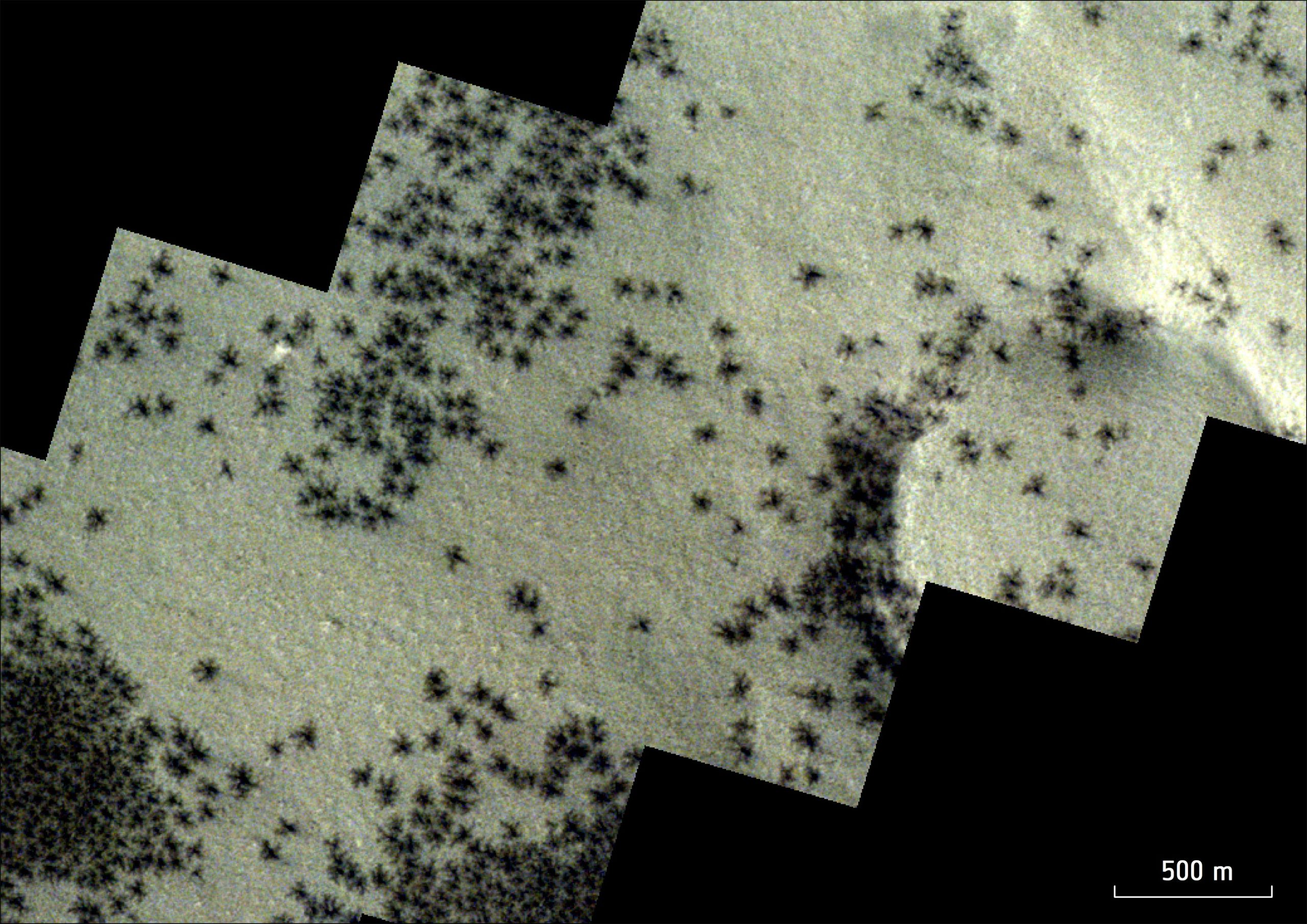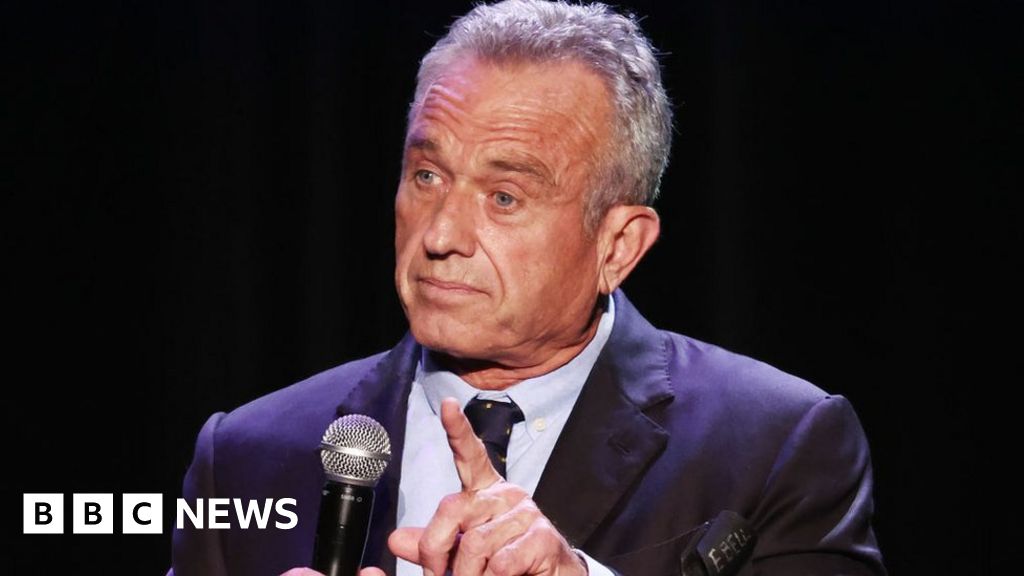Wildfires are no longer quieting down overnight, and new research suggests the dynamic is fueling some of the most extreme and damaging blazes.
The research, which was published Wednesday in the scientific journal Nature, says drought is the main factor fueling overnight burns.
Previous research shows that wildfires burning overnight are growing in frequency and intensity, a trend researchers expect will escalate as the world warms due to climate change.
For firefighters, “historically, it’s always been nice to catch your breath at night and know the fire is not going to do anything,” said Mike Flannigan, an author of the study who is a professor of wildland fire at Thompson Rivers University in British Columbia, Canada.
Today, that’s no longer the case
“The fire gets so hot or intense, it’s got the energy to roll right through the night,” Flannigan said.
The trend makes firefighting more dangerous and evacuating towns more complex, while also increasing risks to people and property. Understanding what conditions lead to overnight fires could help emergency managers make better decisions about how to manage these perils.
Jennifer Balch, an associate professor of geography at the University of Colorado Boulder who did not contribute to the research but has studied the topic, said the new study provides more evidence of how climate change is supercharging wildfires and making them more extreme.
“We not only have the gas pedal on fires during the day, because of increased maximum temperatures, but we’re also losing the brakes on fire at night,” shesaid.
The new research reaffirms trends that firefighters have been talking about anecdotally for years.
“They’re saying today’s fires are a completely different beast than they were 30 years ago,” Flannigan said.
To understand what was happening on the ground, the researchers turned to satellites in space.
Flannigan and his colleagues used satellite image data to examine more than 23,500 fires from 2017-2020. Satellites captured several images of these fires each hour. If the researchers could detect a hot spot in these fires once an hour over a 24-hour period, they classified that fire as an “overnight burning event.”
The researchers found almost 1,100 fires had at least one overnight burn, which most often took place in the early stages of large fires.
“If you’re going to suppress a fire, those first few days are critical,” Flannigan said, adding that fires burning overnight are “the ones that escape.”
Wildfires can be more dangerous at night when people are sleeping or not prepared to evacuate.
“It’s dangerous to deploy aircraft, people are sleeping, so communication and messages are not the same,” Balch said.
Several recent wildfire events show how risky these nighttime fires can be.
In 2017, the Tubbs Fire raced through Northern California communities, forcing evacuations in the middle of the night by local authorities. At least 22 people died in the blaze.
Last year, the McDougall Creek Fire in Kelowna, British Columbia, jumped over Lake Okanogan overnight, trapping some residents.
Flannigan said the new research could help fire management agencies predict when fires might advance or blow up in size overnight.
The researchers identified ongoing drought as the biggest factor in determining whether a fire will burn overnight, Flannigan said. The researchers were surprised to find that this long-term climate trend was more closely associated with overnight burning than short-term measures such as humidity and temperature.
“When you have drier conditions, it means more fuel — vegetation — that’s available to burn, which leads to higher intensity fires,” he said. Those higher intensity fires have enough energy — or inertia — that they can continue actively burning even as temperatures dip for night.
Flannigan said the research could help identify when drought conditions could allow fires to explode overnight and help emergency managers decide when to proactively evacuate or move resources.
“We can predict the fires that are likely to burn through the night — based on conditions during the day,” he said.
Balch said the study is another reminder that global warming — from humans burning fossil fuels — is adding strain to firefighters who are struggling to manage the risk as the fire season lengthens and communities grow in fire-prone areas.
About 59 million American homes were within 1 kilometer (.62 miles) of a wildfire from 1992 to 2015, according to Balch’s research.
“Our firefighters are not getting a break and we’re asking too much of them,” she said. “We need to shift gears to thinking about fire resilience, rather than thinking we can fight every fire.”
This article was originally published on NBCNews.com

Dr. Sarah Adams is a scientist and science communicator who makes complex topics accessible to all. Her articles explore breakthroughs in various scientific disciplines, from space exploration to cutting-edge research.








